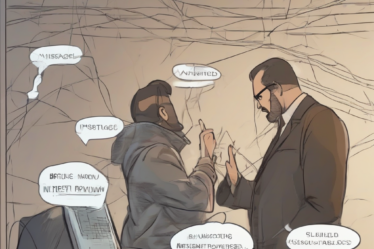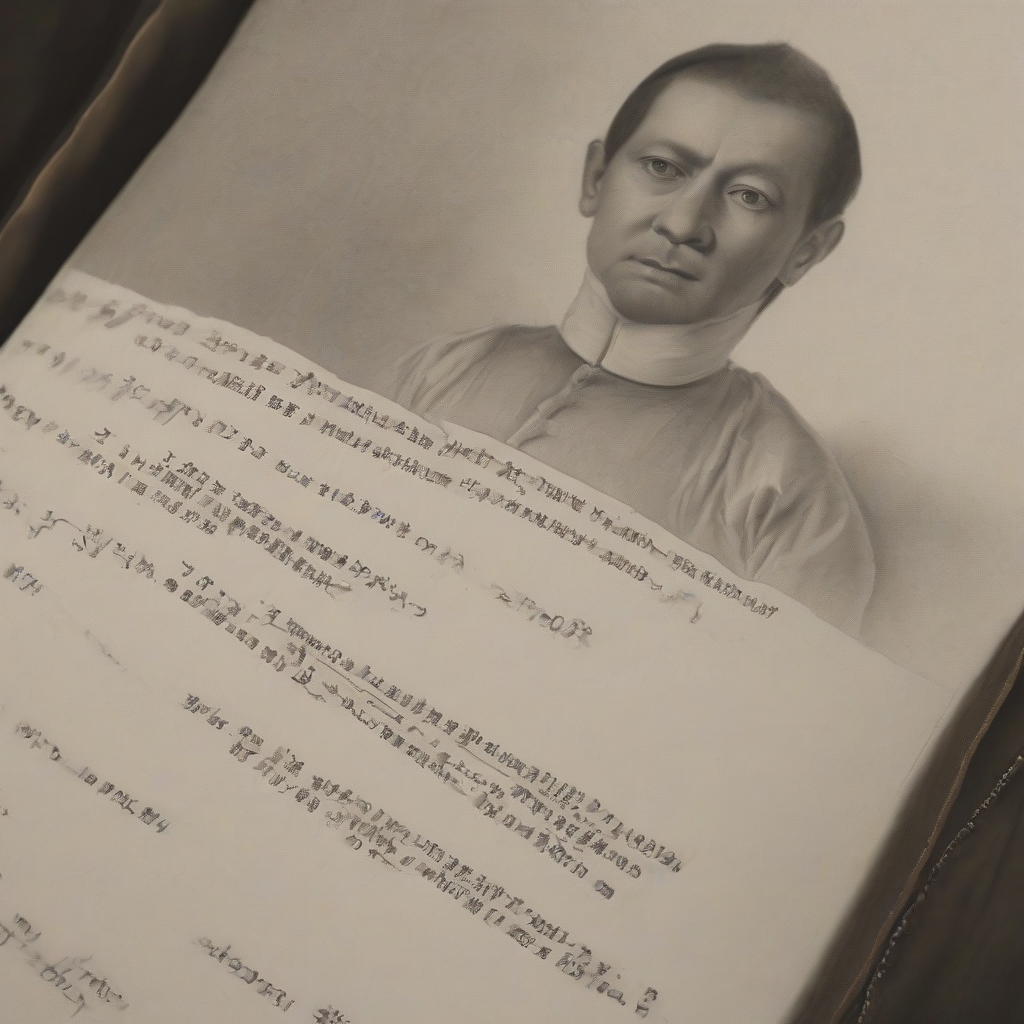
A Comprehensive Guide to Broken Collarbones in Infants: Diagnosis, Treatment, and Recovery
A broken collarbone, or clavicle fracture, is a relatively common injury in infants. Unlike adults, where a significant force is usually required, a fractured clavicle in a baby can occur during a difficult birth, a fall, or even from seemingly minor trauma. Understanding the causes, diagnosis, treatment, and recovery process is crucial for parents and caregivers.
Causes of Clavicle Fractures in Infants
The most common cause is birth trauma. During vaginal delivery, the baby’s shoulders may become impacted, leading to a fracture. Forceps or vacuum extraction can also increase the risk. Other causes include:
- Falls: Even a short fall from a changing table or bed can result in a clavicle fracture in an infant.
- Accidental injuries: A forceful pull on the arm or shoulder can cause a break.
- Child abuse: In some cases, a clavicle fracture may be a sign of child abuse, although this is less common.
- Underlying bone conditions: Rarely, underlying medical conditions that weaken bones can increase the risk of fracture.
Symptoms of a Broken Collarbone in Infants
Recognizing the signs of a broken clavicle in a baby can be challenging because infants cannot verbally express their pain. However, some common indicators include:
- Swelling: Noticeable swelling or bruising around the collarbone area.
- Tenderness: The baby may cry or become irritable when the affected area is touched.
- Limited range of motion: The baby may have difficulty moving the affected arm.
- Palpable lump: A palpable lump or deformity may be felt along the clavicle.
- Crepitus: A grating sensation or sound may be felt or heard when the clavicle is gently moved (this should only be checked by a medical professional).
- Asymmetry: One side of the shoulder may appear lower than the other.
- Poor feeding: The baby may have difficulty feeding if the injury is severe.
- Irritability: Increased fussiness or irritability, especially when handled.
Diagnosing a Broken Collarbone in Infants
A physical examination by a pediatrician or other healthcare professional is crucial for diagnosing a fractured clavicle. The doctor will assess the baby’s symptoms and perform a gentle palpation of the collarbone. While X-rays are generally not necessary in cases where the diagnosis is clear, they can confirm the diagnosis and assess the severity of the fracture. X-rays are especially important if there is suspicion of underlying conditions or if the symptoms are severe.
During the physical examination, the doctor will:
- Observe the baby’s overall condition.
- Examine the baby’s posture and range of motion.
- Palpate the clavicle for tenderness, swelling, or crepitus.
- Assess the baby’s neurological function.
If an X-ray is deemed necessary, it will provide a clear image of the fracture, allowing the doctor to determine the type and severity of the break. This helps in determining the appropriate treatment plan.
Treatment for a Broken Collarbone in Infants
Fortunately, most clavicle fractures in infants heal naturally without surgical intervention. The treatment typically focuses on pain management and providing support to the affected area. The process usually involves:
- Pain management: Over-the-counter pain relievers such as acetaminophen (paracetamol) may be recommended for infants to manage any discomfort. The dosage should always be carefully determined by the pediatrician. Never give ibuprofen or other NSAIDs to infants without consulting a doctor.
- Swaddling: Gentle swaddling can help immobilize the arm and reduce pain. However, it is crucial to not wrap the baby too tightly.
- Positioning: Positioning the baby to minimize stress on the affected area can provide some comfort. Avoid placing the baby on their injured side.
- Monitoring: Regular monitoring by the pediatrician is essential to ensure proper healing and to address any complications.
- Physical therapy: In rare cases where healing is delayed or incomplete, physical therapy may be recommended to improve range of motion and strength.
- Avoiding certain activities: It is vital to avoid any activity that might put extra stress on the arm and shoulder. This is usually not a concern for infants, however, parents should avoid pulling on the baby’s arm.
Surgical intervention is rarely necessary in infants with clavicle fractures. It may be considered in cases of significant displacement or if the fracture compromises blood supply to the arm.
Recovery from a Broken Collarbone in Infants
Most infants with clavicle fractures heal within a few weeks. The healing process varies depending on the severity of the fracture and the individual baby’s healing capacity. Parents should expect to see gradual improvement in the baby’s range of motion and overall comfort level. Regular follow-up appointments with the pediatrician will allow the doctor to monitor the healing process and address any concerns.
During recovery, parents should:
- Follow the doctor’s instructions carefully.
- Provide plenty of comfort and support to the baby.
- Monitor the baby for any signs of infection or complications.
- Be patient and understanding, as the healing process may take several weeks.
- Be observant for any signs of delayed healing, such as persistent pain, swelling, or limited range of motion.
Potential Complications
While relatively uncommon, several complications can occur with a clavicle fracture in infants. These include:
- Nonunion: Failure of the bone fragments to heal properly.
- Malunion: Healing of the bone in a misaligned position.
- Infection: Infection at the fracture site.
- Neurovascular injury: Damage to the nerves or blood vessels supplying the arm.
It’s crucial to seek immediate medical attention if the baby experiences any new or worsening symptoms, such as persistent swelling, increased pain, fever, or changes in the arm’s color or sensation. Early detection and intervention can minimize the risk of long-term complications.
When to Seek Immediate Medical Attention
Parents should seek immediate medical attention if their infant experiences any of the following:
- Significant swelling or bruising around the collarbone.
- Inability to move the arm or shoulder.
- Deformity of the collarbone area.
- Persistent crying or irritability.
- Fever.
- Changes in the arm’s color or temperature.
- Signs of neurovascular compromise, such as numbness, tingling, or loss of pulse in the arm.
Prevention
While not all clavicle fractures are preventable, especially those occurring during birth, taking precautions can help reduce the risk of injury. These include:
- Baby-proofing the home to prevent falls.
- Using safe car seats and appropriate restraints.
- Never shaking a baby.
- Being cautious when handling and carrying a baby.
Long-Term Outlook
The long-term outlook for infants with clavicle fractures is generally excellent. With proper care and monitoring, most infants recover fully without any long-term complications. Regular check-ups with the pediatrician will ensure the healing process is progressing normally and address any potential issues. While some may experience minor residual effects, such as slight asymmetry in shoulder shape, these are usually not functionally significant.


